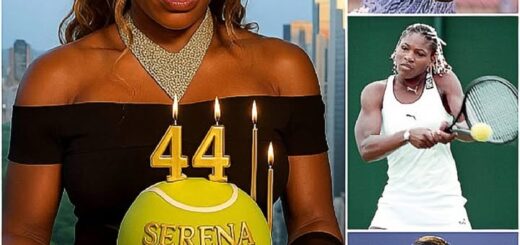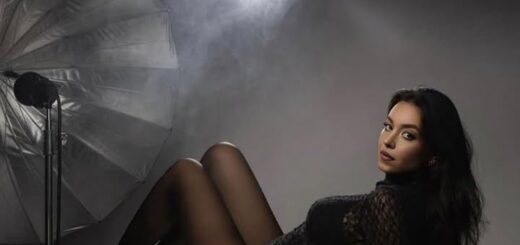Cillian Murphy Responds to Zombie Cadaver Rumors: The Truth Behind His Looks
Cillian Murphy on the 28 Years Later Confusion: “People Think I Look Like a Zombie Cadaver”
In the world of entertainment, few actors have managed to carve such a distinctive niche as Cillian Murphy. Known for his piercing blue eyes, chameleon-like performances, and complex characters, Murphy continues to captivate audiences worldwide. However, recent discussions surrounding his appearance have sparked a unique conversation—some fans have taken to social media to comment on what they perceive as a “zombie cadaver” look, especially in recent interviews and promotional imagery.
**The Roots of the Confusion**
The origins of this perception likely stem from Murphy’s portrayal of Thomas Shelby in “Peaky Blinders,” where his intense stare and ash-blonde hair contribute to an almost spectral image. Yet, it appears that more recent images or appearances have taken this effect to a new level.
In interviews promoting the latest film or series, Murphy’s seemingly gaunt appearance, marked by high cheekbones and a pallid complexion, has caught viewers’ attention. Some fans jokingly—or perhaps unconsciously—compared his look to that of a zombie cadaver. The phenomenon underscores how deeply actor appearances influence audience perceptions, especially when combined with striking visual aesthetics and character portrayals.
**Murphy’s Perspective and Clarifications**
In a recent interview with a prominent entertainment magazine, Murphy addressed this ongoing misperception with his characteristic dry wit. “People think I look like a zombie cadaver,” he remarked with a chuckle. “I suppose that’s part of the job—being a bit undead-looking at times. But I assure you, I’m very much alive.”
He explained that the perception stems partly from the lighting choices and makeup in promotional materials, which often aim for a dramatic, gritty aesthetic fitting the tone of his projects. Additionally, Murphy emphasized that his physical appearance is often styled to embody the characters he portrays, which can occasionally result in an unsettling, otherworldly look.
**The Physical Toll of Method Acting**
Murphy’s dedication to his craft has always been well-documented. From shaving his head for “28 Days Later” to adopting varied physical states for different roles, he often immerses himself fully in his characters. These rigorous preparations can sometimes take a toll on his appearance, leading to a more gaunt or tired look in photos and appearances, which some fans interpret as resembling a zombie or cadaver.
Murphy has also spoken about the physical and emotional demands of his roles, noting that maintaining a certain look is sometimes necessary to authentically portray his characters. “It’s part of the process,” he said. “You have to go to some dark places to deliver a truthful performance.”
**The Power of Celebrity and Perception**
This phenomenon reflects a broader truth in celebrity culture: fans often develop intimate, sometimes exaggerated, perceptions of actors based on their visual appearances and roles. When Murphy’s look aligns with the eerie, undead aesthetic—whether intentionally or as a side effect—the online chatter intensifies.
Moreover, social media amplifies these perceptions, with memes and jokes circulating rapidly. While many fans express admiration for Murphy’s versatility, others playfully tease his sometimes ghostly appearance, contributing to the ongoing “zombie cadaver” meme.
**Looking Ahead**
Despite the humorous and sometimes unsettling comparisons, Cillian Murphy remains an esteemed figure in the acting world. His ability to transform and embody complex characters continues to earn him critical acclaim and a dedicated fanbase. As he prepares for future projects, audiences can expect more powerful performances—perhaps with less zombie symbolism, but certainly with the same captivating intensity.
In the end, Murphy’s comment about looking like a zombie cadaver is a reminder of the fascinating intersection between actor appearances, audience perceptions, and the art of storytelling. It underscores how visual storytelling can evoke powerful reactions—sometimes humorous, sometimes bewildering—but always a testament to Murphy’s enduring influence in the world of cinema.
STAY TUNED !



